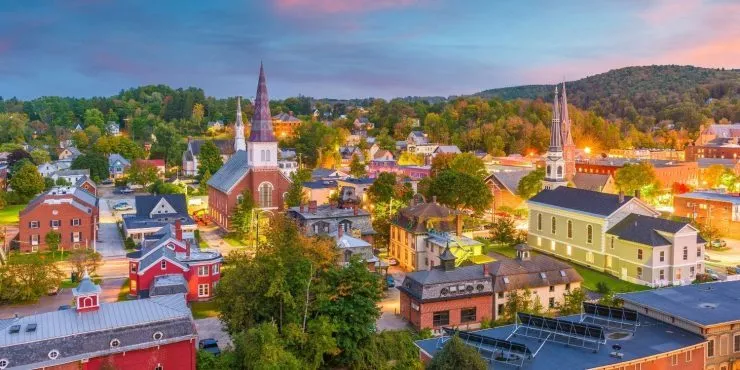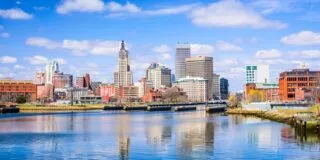Vermont, otherwise known as the “Green Mountain State,” was the 14th state to join the United States of America on March 4, 1791.
It has a population of 623,989 people (as of 2019), making it the 49th most populous state. Vermont is bordered by the states of New York, New Hampshire, and Massachusetts.
With a total of 9,616 square miles (24,923 square kilometers) of land and water, it is the 45th largest state.
The capital of Vermont is Montpelier, tucked away in the middle of the state’s north.
That’s enough fast facts about the Green Mountain State for now; we’re here to learn some facts!
People have been living in Vermont for at least 10,000 years!
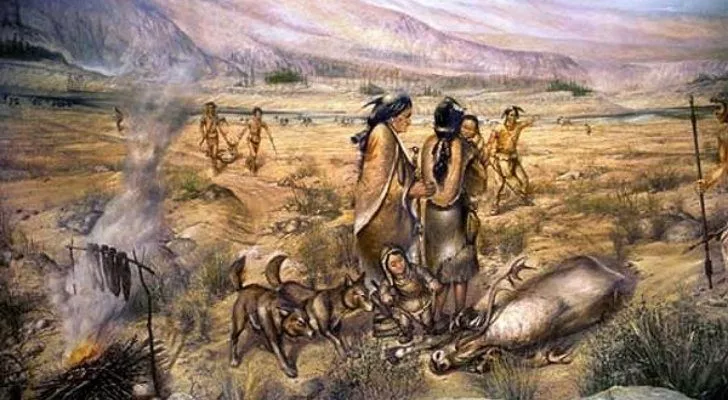
The most common theory on how North America was populated claims that the first settlers were people we call the Paleo-Indians, who lived nomadic lives hunting and gathering.
It’s theorized that they came to the Americas between 15-13,000 years ago from the far east of modern-day Russia.
From there, they crossed the Bering Strait, a land bridge at the time due to changes in sea levels, and entered North America from what we now know as Alaska.
Over time these people spread out over the continent, forever searching for better hunting grounds.
The first evidence of human presence in the modern state of Vermont, stone tools and spearheads, dates back around 10,000 years ago.
There were at least four different tribes living in Vermont when Europeans first arrived.
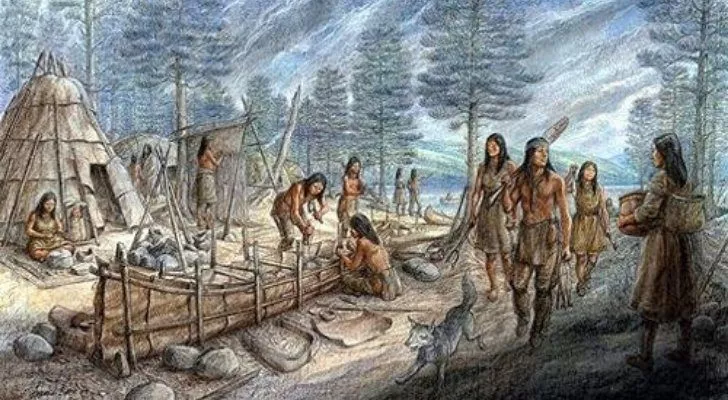
By the year 1000, the people of Vermont had developed agricultural techniques and settled more permanently across the whole region.
These people developed their customs, traditions, and culture.
By the time the first Europeans discovered the Vermont region, there were at least four tribes living and thriving there, all speaking variants of the Algonquian language.
To the west of the region were the Abenaki and Mohican people, to the northeast were the Cowasucks, and to the south were the Sokoki.
The first Europeans to explore Vermont were French.

The famed French explorer Samuel de Champlain first set foot within the region we now knew as Vermont in 1609.
Coming across Lake Champlain, later named after him, he claimed the area around it for New France, France’s colony in North America.
He named the region Verd Mont, which translates from French into Green Mountain. Later in 1666, the first European settlement, Fort Saint Anne, was established in Vermont by French settlers.
Other British settlers came into the region not long after, settling south of the French.
Vermont acted like a frontier between the British and French colonies.
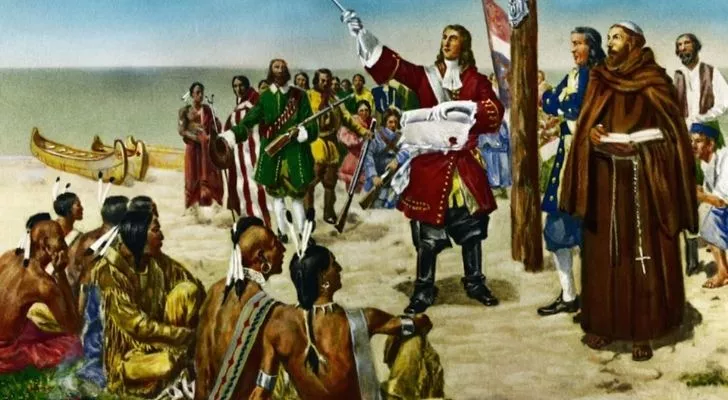
Unsurprisingly, several minor conflicts ensued, with French settlers moving in from the north and British settlers from the south.
Britain’s first permanent settlement was Fort Drummer, built far away in the southeast of Vermont.
These minor conflicts continued until 1763, when France lost to Britain in the French and Indian War, and the entire region was ceded to Britain.
Most French settlers were soon driven out of the region, and most of the north was reserved for Native Americans.
Vermont’s European population increased from 300 to 85,000 in just 28 years!
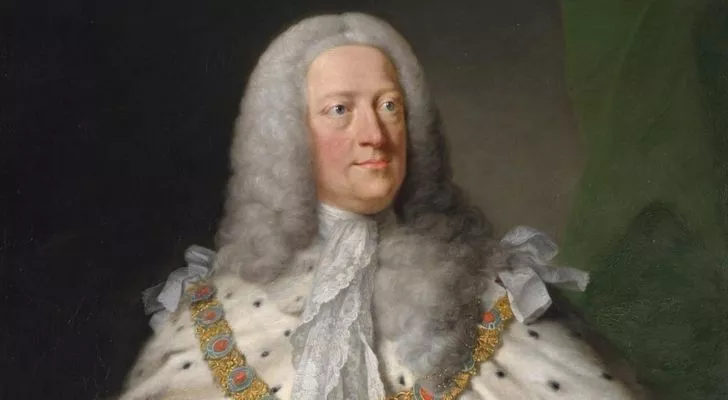
British settlers quickly moved into the region following the end of the French and Indian War, with the first of this new wave already clearing land in 1761.
From this point on, Vermont’s population steadily grew, reaching 85,000 by 1791.
Three neighboring British colonies, the Province of Massachusetts Bay, the Province of New York, and the Province of New Hampshire, all lay claim to the region, each believing that it was theirs by right.
Eventually, on July 20, 1764, King George II declared that all the territory that now includes Vermont was part of the Province of New York.
Vermont was an independent republic before it became a US state.
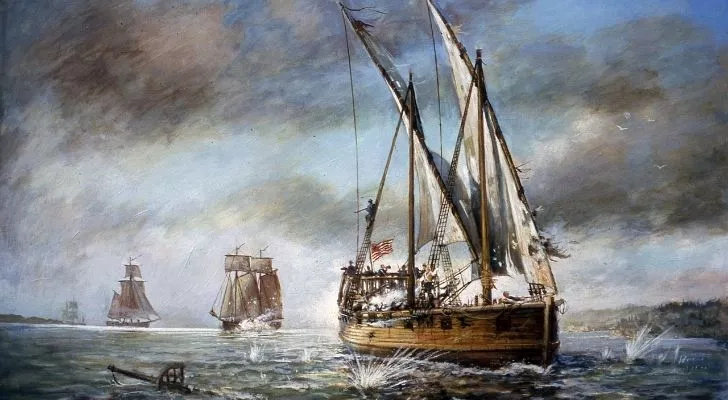
The people who had settled in the Vermont region before New York’s control were largely unhappy with how everything turned out, and there were regular conflicts between the first wave of settlers and those that soon followed from the Province of New York.
On January 15, 1777, representatives from the region’s towns met and declared the region independent, naming their new nation the Republic of New Connecticut.
Later that year, the name was changed to the Vermont Republic, after the original French name for the region.
The Vermont Republic was independent for fourteen years before joining the union and becoming the US’ 14th state on March 4, 1791.
Vermont joined as a Free state, which was against slavery, to balance out the admission of the slave state Kentucky.
People from Vermont fought in every major battle in the American Civil War.
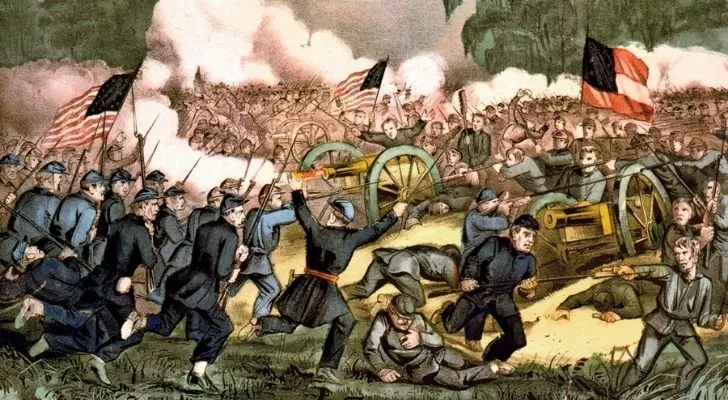
Vermont grew into an ever-increasingly abolitionist state, so they were quick to field volunteers to fight in the Civil War.
More than 28,000 Vermonters joined the various volunteer units, including cavalry, artillery, sharpshooters, and infantry.
An additional 5,000 Vermonters fought in the US army or navy and even in other states’ regiments.
Soldiers from Vermont played important roles in many of the great battles, but most notably was their involvement in the Battle of Gettysburg.
Snow golf is an actual sport, and acclaimed author Rudyard Kipling invented it in Vermont.

When asked what they know about Rudyard Kipling, most people would say that he was the author of the much-beloved Jungle Book.
Very few would know that Kipling invented the game of snow golf while he lived in his country home just outside of Dummerston, Vermont.
He created the game to get exercise during winter and would go out on days when the snow had developed a crisp surface with his golf clubs.
Kipling painted his golf balls bright red so he could easily spot them against the snowy winter landscape.
Today snow golf is a popular attraction at winter carnivals in New England, particularly in Vermont.
Ben and Jerry’s ice cream was first created and sold in Vermont.

In 1978 there were very few companies that produced high-quality ice cream. Ben Cohen and Jerry Greenfield, aged 27, decided to go into business together.
Initially, they planned to open a bagel shop but were deterred by the high initial cost of purchasing all the necessary equipment.
Instead, they splurged on a $5 ice cream-making course and set out to make ice cream history.
They scraped up what money they had, borrowed another eight thousand dollars, and opened up their first ice creamery in an old gas station in Burlington, Vermont.
They focused on creating intensely flavorful ice cream using only all-natural fresh ingredients.
Combined with their innovative flavors, this led to their almost instant success.
Within the next ten years, their ice cream spread throughout the US, and by 1987 Ben and Jerry’s ice cream was valued at $30 million.
Vermont is the largest producer of maple syrup in the United States.

The conditions in Vermont really couldn’t be any better for producing maple syrup, which makes it no small surprise that the state produces more than any other state.
Vermont set a record in 2020 after harvesting more than 2.2 million gallons (8.3 million liters) of syrupy goodness, up from the previous record of 2 million gallons (7.6 million liters) harvested in 2019.
2020 made the third year running that Vermont has led the nation’s maple syrup production.
Move over, Nessie; Vermont has its own lake monster.

Like the Loch Ness has Nessie the Loch Ness Monster, Vermont’s Champlain Lake has its own – Champ.
The first possible sighting was by Samuel de Champlain himself, the first European to set foot in the region in the 18th century.
Champlain’s account of what would later be called Champ described it as five feet (1.5 meters) long with two rows of razor-sharp teeth.
The following reported sighting of Champ was in 1819, who described the beast as 187 feet (57 meters) long with three teeth, which is admittedly very different from Champlain’s description.
In the centuries since, Champ has been spotted many times, and as its popularity grew, so did the number of sightings, peaking in the late 1900s.
Two Vermont towns once issued arrest warrants for President George W. Bush.

Vermont has long taken a strong liberal standpoint, which was no different at the beginning of the 21st century.
In 2008, George W. Bush was the President of the United States, and Dick Cheney was the Vice President.
Two Vermont towns, Battleboro and Marlboro, decided that the pair’s actions, particularly their involvement in the War in Iraq, were unconstitutional.
To combat this, they issued arrest warrants for Bush and Cheney.
Although largely symbolic, if either were to set foot in one of the towns, someone would still have technically been allowed to arrest them.
Vermont’s capital city is the least populous US state capital.

To be quite frank, this isn’t all that surprising as the state itself is the second least populous state in the US.
With a population of just under 7,250 people (2020), Montpelier might seem like a sleepy little city.
The reality is quite the opposite, though. While so few may officially live within the city limits, many people commute there to work every day.
This gives the city a daytime population of 21,000, nearly three times the average population!
Champlain Lake used to be a sea.
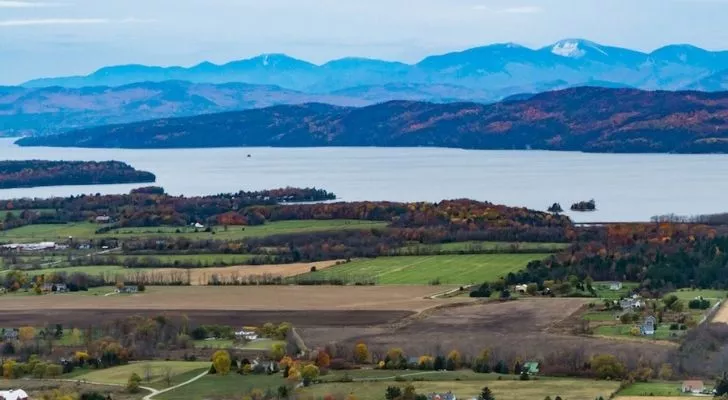
For a brief period, Champlain Lake was much greater than it used to be, so much so that it joined the Atlantic Ocean.
About 13,000 years ago, retreating glaciers carved out an inlet from the Atlantic Ocean, which then filled up to become the Champlain Sea.
Over the next three thousand years, the land level in the region rose, cutting off access to the Atlantic Ocean and slowly turning into the Lake we know today.
At its peak, the Champlain Sea covered an area from Lake Champlain’s current location west past Ottawa and to the northeast covering Quebec.
Vermont was the first US state to legalize same-sex civil unions.
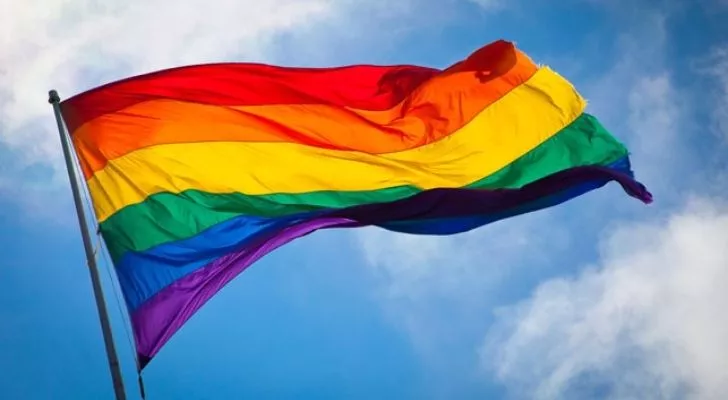
During the 1990s, Vermont led the rest of the US in enacting various laws that protected the rights and freedoms of the gay and lesbian community.
This included, among other laws, the right for same-sex couples to adopt a child in 1995.
This progressive streak didn’t end with the 2000s either, when the state enacted a law allowing same-sex couples to form a civil union on March 15, 2000.
While this still prevented such couples from getting married, they were at least allowed some of its benefits.
Over time the call for same-sex marriage to be legalized drew nationwide attention, and Vermont ended up being the 4th state to legalize it on September 1, 2009.
There are no two ways about it; Vermont is a magical little state.
Being one of the New England states, it’s full of old-world charm.
Combine this with all the beautiful forests, and it’s no small wonder that people say that Vermont looks like it belongs in a postcard!
The next time you’re in the area, pop into Vermont and grab some Ben and Jerry’s ice cream, or maybe try and spot Champ up in Lake Champlain!
